Changing Consumer Preferences
Consumer preferences are evolving, significantly impacting the Travel Retail Market. Travelers are increasingly seeking unique and personalized shopping experiences that reflect their individual tastes. This shift is evident in the rising demand for niche products, such as local artisanal goods and exclusive brand collaborations. Recent surveys indicate that approximately 60% of travelers prioritize unique offerings over traditional luxury items. Additionally, the trend towards experiential shopping, where consumers seek memorable interactions rather than mere transactions, is reshaping the retail landscape. Retailers are responding by curating product selections that resonate with the cultural and regional identities of their customers, thereby enhancing brand loyalty and driving sales in the Travel Retail Market.
Increased Air Travel and Tourism
The Travel Retail Market is poised for growth, driven by an increase in air travel and tourism. Recent statistics reveal that international tourist arrivals have surged, with a projected increase of 5% annually over the next five years. This influx of travelers creates a larger customer base for retail outlets located in airports and other travel hubs. As more individuals embark on journeys, the demand for duty-free shopping and travel-related products is likely to rise. Retailers are capitalizing on this trend by expanding their product ranges and enhancing store layouts to attract more customers. The correlation between rising travel numbers and retail sales underscores the importance of tourism as a key driver in the Travel Retail Market.
Sustainability Initiatives in Retail
Sustainability initiatives are becoming increasingly relevant in the Travel Retail Market. Consumers are more conscious of their environmental impact and are seeking brands that align with their values. Retailers are responding by implementing sustainable practices, such as reducing plastic usage and sourcing products ethically. Recent studies indicate that nearly 70% of travelers prefer to purchase from brands that demonstrate a commitment to sustainability. This trend is prompting retailers to highlight their eco-friendly initiatives, which can enhance brand image and attract environmentally conscious consumers. As sustainability becomes a core value for many shoppers, it is likely to drive purchasing decisions and influence the overall growth of the Travel Retail Market.
Technological Advancements in Retail
The Travel Retail Market is experiencing a notable transformation due to technological advancements. Innovations such as mobile payment systems, augmented reality, and artificial intelligence are enhancing the shopping experience for travelers. For instance, the integration of mobile apps allows consumers to pre-order products, thus reducing wait times at airports. Furthermore, the use of data analytics enables retailers to tailor offerings based on consumer preferences, potentially increasing sales. According to recent data, the adoption of technology in retail is projected to grow by 15% annually, indicating a robust trend towards digitalization in the Travel Retail Market. This shift not only improves operational efficiency but also enhances customer engagement, making technology a pivotal driver in the sector.
Regulatory Changes and Trade Agreements
Regulatory changes and trade agreements are influencing the Travel Retail Market in various ways. Recent shifts in trade policies have led to the reduction of tariffs on certain goods, making them more accessible to travelers. This has the potential to boost sales in the travel retail sector, as consumers are likely to take advantage of lower prices on luxury items. Additionally, changes in regulations regarding duty-free allowances can impact purchasing behaviors, encouraging travelers to buy more. Retailers must stay informed about these developments to adapt their strategies accordingly. The dynamic nature of regulations and trade agreements presents both challenges and opportunities for growth within the Travel Retail Market.



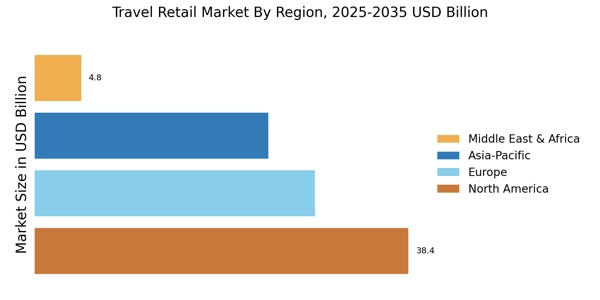


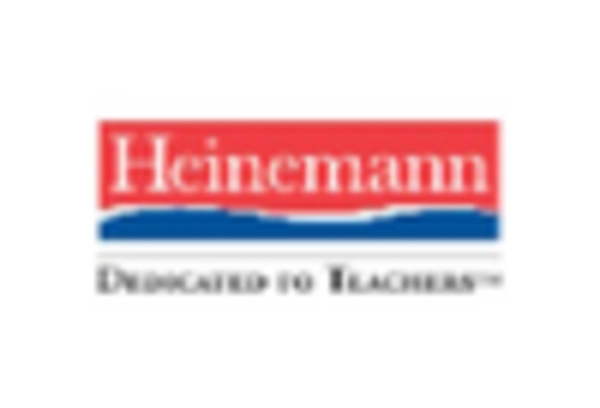
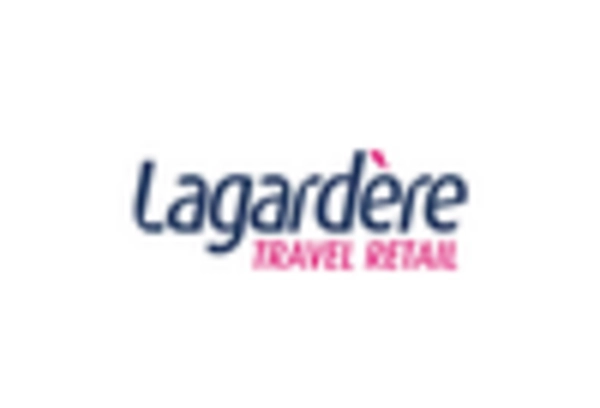
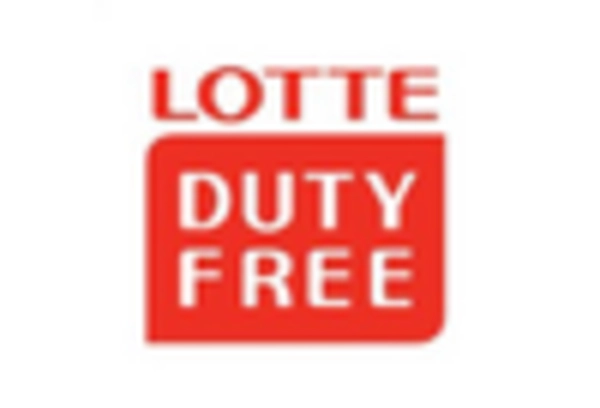
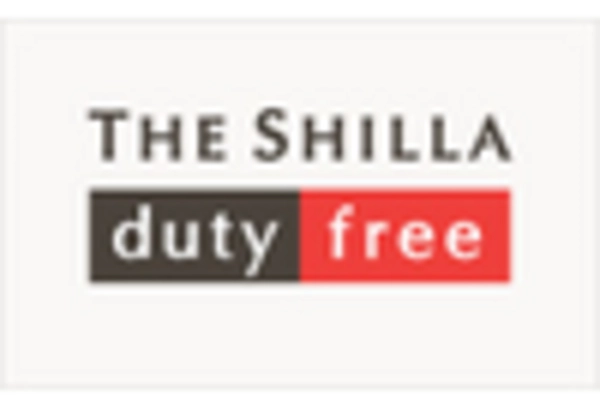








Leave a Comment